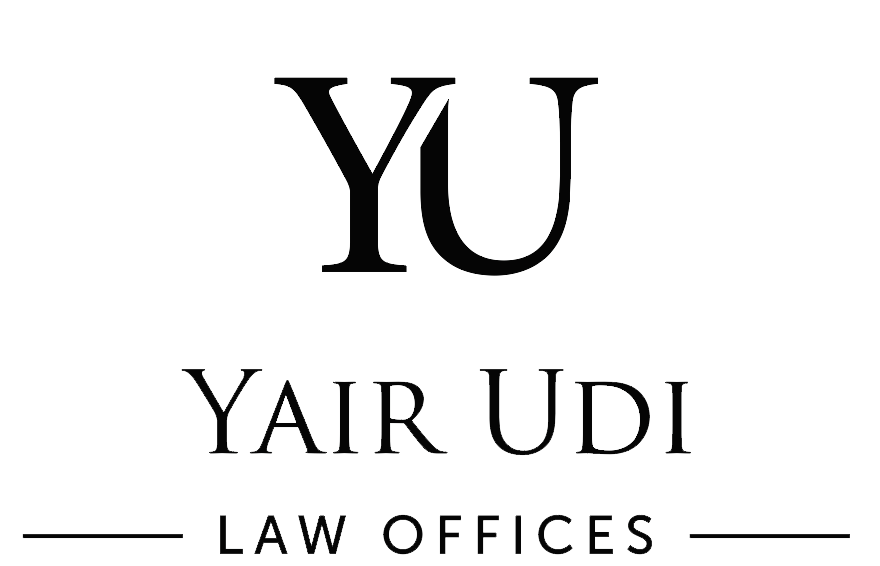SaaS, or Software as a Service, is a software delivery model in which a right to use is granted on a subscription basis. The SaaS model allows software to be centrally hosted and managed and remote access removes the need to distribute and install software.
Solutions that are delivered using a SaaS model require a legal solution unlike common traditional licensing model. While a software license agreement grants the licensee certain rights that are otherwise limited by intellectual property laws, a SaaS agreement simply aims to provide the client with access to a service, better defined as ‘a right to use’.
Despite the clear differences between software licensing and services via software models, it seems that software’s dominant role in both confuses many lawyers and leads them to mistakenly present inappropriate agreements and tools to their clients.
If your company is a SaaS provider and software installation isn’t required on your client’s machine, you will need to have a SaaS agreement or a special terms of service in place. On the other hand, if your client receives a copy of your software, you want to make sure a license agreement is provided, to exclude certain protections granted to your company (the copyright holder) with respect to the distributed software and to make sure others are reserved. For hybrid solutions composed of both SaaS and installed software (usually user interface or a ‘client’), you will need to have an applicable hybrid set of agreements in place, such as a SaaS agreement and an EULA (end-user license agreement).
Note two reasons why this distinction between intellectual property licensing agreement and a SaaS terms of use is important:
- Providing a right to use without a license
The heart of a license agreement is in the license clause, which, as mentioned above, allows the licensor to exclude certain protections granted to it under copyright laws, and to preserve others. With SaaS, excluding these rights is unnecessary because the delivery model is completely different. The service provider retains all rights associated with the software. Other than the right to access and use, no other rights are granted.
- Providing service and support without maintenance
When using centrally hosted and managed software, there aren’t on-site upgrades and patches aren’t sent for installation on remote end-users’ machines; this removes the need to provide on-site maintenance. Instead, a standard SaaS agreement will include a general maintenance disclaimer to inform users that maintenance may be performed on central servers running software (and not on end-users’ machines) from time to time, so access to service may be limited. Within SaaS agreements, maintenance is not priced per customer, but provided for the entire system. Hence, maintenance will probably be cheaper, more efficient, and included in the subscription fee pricing.
Instead of maintenance, companies tend to sell support packages according to different levels and accessibility. This renders it appropriate to offer various support standards and levels under their SaaS agreement as offered under an SLA (service level agreement). The difference lies in that maintenance and support are not sold as a bundle.
There are other considerations, however, mainly related to intellectual property representations and indemnities, open source usage, and so on. As briefly mentioned above, many companies, also offer hybrid solutions that include both remotely-used software and installed user interfaces. To choose the right legal tools, drafters are encouraged to understand the concept of each system’s parts, as well as the solution as a whole.

